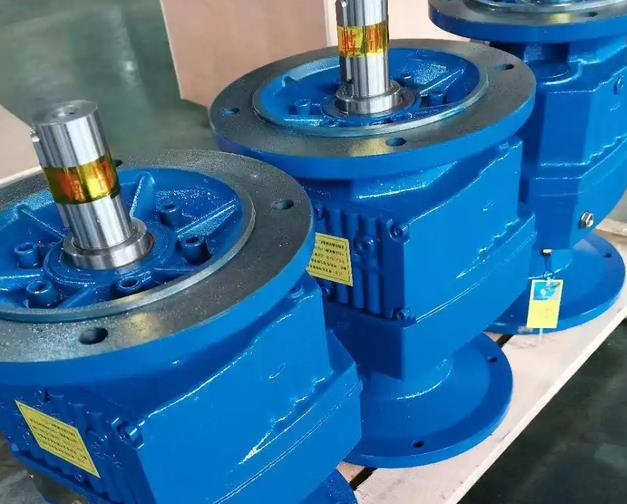The transmission ratio of the hard tooth surface gear reducer is an important parameter of the reducer

The transmission ratio of a hard toothed gear reducer is an important parameter of the reducer, and its size directly affects the transmission performance and load capacity of the reducer. Therefore, it is necessary to understand the transmission ratio of hard tooth surface gear reducers.
Firstly, let's understand how the transmission ratio of a hard tooth surface gear reducer is calculated. The transmission ratio of a reducer usually refers to the ratio of the speed of the input shaft to the speed of the output shaft. The hard tooth surface gear reducer is composed of one or several pairs of gears, which transmit power through the meshing between the gears. Therefore, the transmission ratio of a hard toothed gear reducer can be obtained by dividing the speed of the input shaft by the speed of the output shaft.
So, what are the transmission ratios of hard tooth surface gear reducers? In fact, the transmission ratio of hard tooth surface gear reducers can be selected according to actual needs. Generally speaking, the transmission ratio of a gearbox can be selected between 1:1 and 1:1000. However, the common transmission ratio range is usually between 1:3 and 1:40. This is because within this range, the transmission performance and load capacity of the reducer can be well balanced.
In addition, the transmission ratio of hard tooth surface gear reducers is also related to their structure. Generally speaking, reducers can be divided into three types: coaxial, parallel axis, and vertical. Among them, the coaxial reducer has the highest transmission ratio, which can reach 1:1000; The transmission ratio of parallel and vertical reducers is relatively small, usually between 1:3 and 1:40.
In addition, the transmission ratio of the hard tooth surface gear reducer is also affected by its design parameters. For example, parameters such as the modulus, number of teeth, and pressure angle of gears can affect the transmission performance and load capacity of a reducer, thereby affecting the selection of its transmission ratio. Therefore, when selecting a hard tooth surface gear reducer, comprehensive consideration needs to be given based on actual needs.
In short, the transmission ratio of a hard toothed gear reducer is one of the important parameters of the reducer, and its size directly affects the transmission performance and load capacity of the reducer. Therefore, when selecting a hard tooth surface gear reducer, it is necessary to comprehensively consider the actual needs, choose the appropriate transmission ratio and structural type, to ensure that the reducer can meet the actual needs and achieve the best performance and load capacity.



